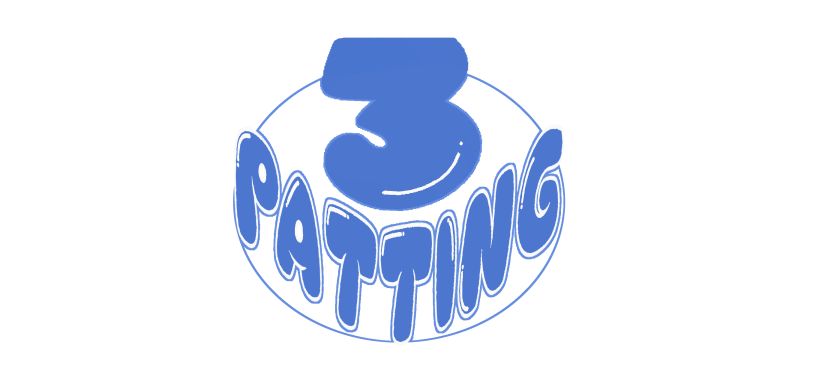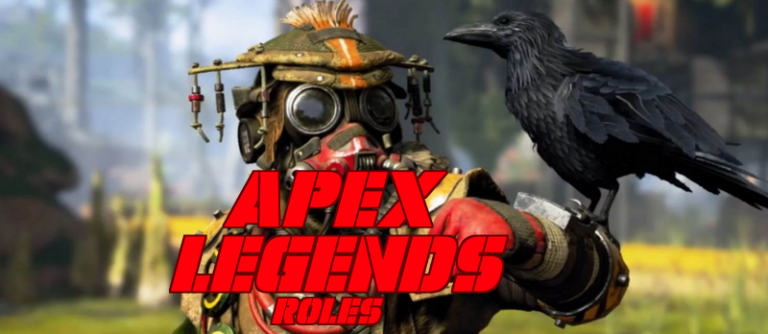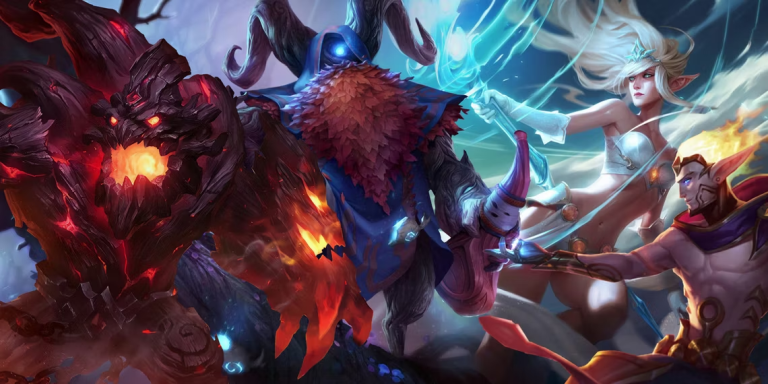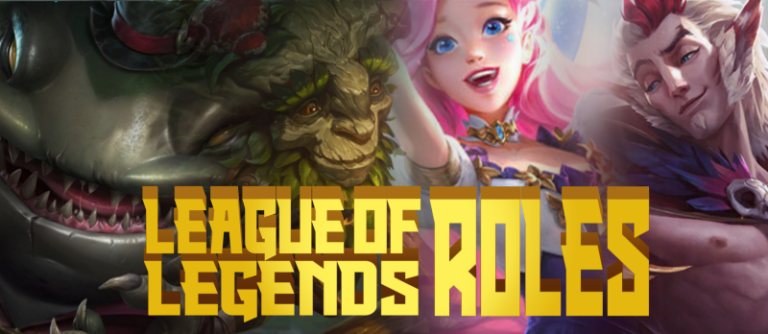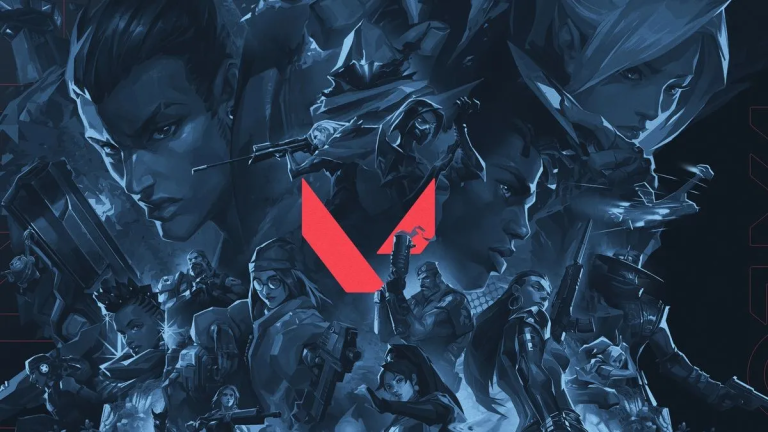Mastering Volleyball Positions – Strategies and Roles
Welcome to the dynamic world of volleyball positions, where teamwork, strategy, and skill combine to create a winning formula on the court. In this introduction, we’ll delve into the intricacies of mastering volleyball positions and the vital role they play in shaping a successful team dynamic.
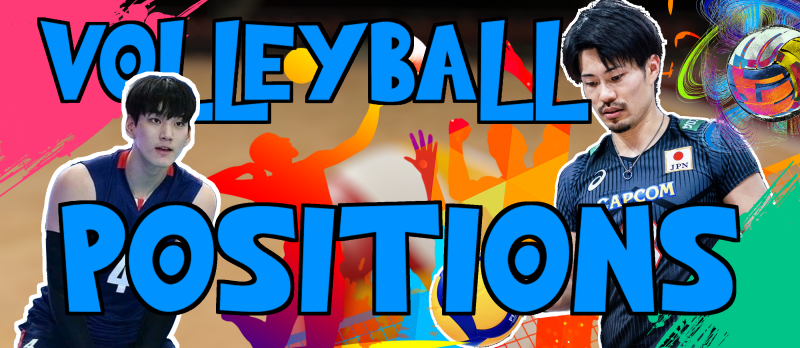
Brief Overview of Volleyball Positions
Volleyball is a sport that demands coordination, communication, and specialization from each player on the court. From setters to liberos, each position carries unique responsibilities and contributes to the overall success of the team. Understanding the roles and nuances of each position is essential for players to excel individually and for teams to achieve victory collectively. Similarly, in the world of online gaming, understanding the dynamics of different games, such as Teen Patti Stars, can enhance a player’s strategy and overall experience.
Understanding the Overview of Volleyball Positions: Roles and Responsibilities on the Court
In the dynamic sport of volleyball, each player has a specific role to fulfill on the court, contributing to the success of their team through strategic positioning and precise execution of skills. Understanding the various volleyball positions is essential for players and fans alike to appreciate the intricacies of the game. This comprehensive guide provides an overview of the different positions in volleyball, highlighting their roles, responsibilities, and key attributes.
Exploring the Setter Position in Volleyball: Key Responsibilities and Techniques
In the realm of volleyball, the setter position holds a pivotal role in shaping the flow and tempo of the game. With precision and finesse, setters orchestrate the offense, delivering well-timed sets to their teammates to initiate powerful attacks. This comprehensive guide delves into the intricacies of the setter position, shedding light on its importance within the realm of volleyball positions.
Understanding the Setter’s Role on the Court
At the heart of every successful volleyball team lies a skilled setter, who serves as the architect of the team’s offensive strategy. Here’s a closer look at the key responsibilities of the setter position:
- Setting: The setter’s primary responsibility is to deliver precise and well-placed sets to their teammates, setting up scoring opportunities and orchestrating the team’s offensive plays.
- Decision-making: A skilled setter possesses excellent decision-making abilities, reading the game and determining the optimal setting options based on the position of the ball, the blockers, and the opposing defense.
- Communication: Effective communication is essential for setters to convey play calls, provide feedback to their teammates, and maintain cohesion within the team during fast-paced rallies.
- Leadership: Beyond their technical skills, setters often serve as leaders on the court, providing guidance, motivation, and strategic direction to their teammates to maximize performance and teamwork.
Discover more about the setter position and other key volleyball positions by exploring our comprehensive guide to volleyball fundamentals. Elevate your understanding of the game and enhance your skills on the court by clicking this link.
Exploring the Outside Hitter Position: Responsibilities, Skills, and Strategies
Within the realm of volleyball, the outside hitter position holds a prominent role, contributing significantly to the team’s offensive and defensive strategies. Renowned for their versatility and athleticism, outside hitters play a pivotal role in both scoring points and defending against opposing attacks. This comprehensive guide delves into the intricacies of the outside hitter position, shedding light on its importance within the context of volleyball positions.
Understanding the Role of the Outside Hitter
The outside hitter position, also known as the left-side hitter, is a dynamic and multifaceted role that requires a diverse skill set and strategic acumen. Here’s an overview of the key responsibilities and attributes associated with the outside hitter position:
- Attacking: As primary offensive weapons, outside hitters are responsible for executing powerful and well-timed attacks from the left side of the court, utilizing a combination of speed, agility, and jumping ability to outmaneuver blockers and score points for their team.
- Blocking: In addition to their offensive duties, outside hitters play a crucial role in defense, contributing to the team’s blocking efforts by positioning themselves at the net to deflect and neutralize opposing attacks.
- Passing and Defense: Outside hitters must also excel in passing and defensive skills, as they are often required to receive serves, dig balls, and transition smoothly between offensive and defensive roles throughout the course of a match.
- Versatility: One of the defining characteristics of outside hitters is their versatility, as they possess the ability to contribute to various aspects of the game, including serving, setting, and serving as a secondary setter in certain offensive schemes.
Exploring the Opposite Hitter Position: Responsibilities, Skills, and Strategies
In the realm of volleyball, the opposite hitter position occupies a crucial role, offering a balance of offensive firepower and defensive stability to the team. Renowned for their ability to execute powerful attacks and contribute to blocking efforts, opposite hitters play a vital role in shaping the outcome of matches. This comprehensive guide delves into the intricacies of the opposite hitter position, providing insights into its significance within the context of volleyball positions.
Understanding the Role of the Opposite Hitter
The opposite hitter position, often referred to as the right-side hitter, represents a cornerstone of offensive and defensive strategies in volleyball. Here’s an overview of the key responsibilities and attributes associated with the opposite hitter position:
- Attacking: Opposite hitters serve as primary offensive weapons, delivering powerful and well-placed attacks from the right side of the court to outmaneuver blockers and score crucial points for their team.
- Blocking: In addition to their offensive duties, opposite hitters play a pivotal role in defense, contributing to the team’s blocking efforts by positioning themselves at the net to deflect and neutralize opposing attacks.
- Versatility: One of the defining characteristics of opposite hitters is their versatility, as they possess the ability to contribute to various aspects of the game, including serving, passing, and digging, in addition to their primary role in attacking and blocking.
Explore our comprehensive guide to volleyball fundamentals to learn more about the opposite hitter position and other key volleyball positions. Elevate your understanding of the game and enhance your skills on the court with 3 Patting!
Understanding the Middle Blocker Position in Volleyball: Roles, Responsibilities, and Techniques
The middle blocker position in volleyball is a critical role that bridges the gap between defense and offense, requiring a unique blend of athleticism, timing, and strategic prowess. This comprehensive guide explores the intricacies of the middle blocker position, shedding light on its significance within the realm of volleyball positions.
Role of the Middle Blocker
The middle blocker position is essential in volleyball, serving as a pivotal player in both defensive and offensive aspects of the game. Here’s an in-depth look at the key roles and responsibilities associated with the middle blocker position:
- Blocking: Middle blockers play a crucial role in blocking opposing attacks at the net, utilizing their height and jumping ability to form a solid defensive barrier. Their primary objective is to disrupt the opponent’s spikes and minimize scoring opportunities.
- Transition Play: In addition to blocking, middle blockers are responsible for transitioning quickly between defense and offense. After a successful block or defensive play, they must swiftly transition to the attack, providing options for their team’s setter and contributing to offensive plays.
- Net Presence: Middle blockers must maintain a strong presence at the net, deterring opponents from attempting spikes and creating intimidation factors. By positioning themselves strategically and maintaining active hands, they can effectively challenge opposing hitters.
- Blocking Assignments: Middle blockers often receive specific blocking assignments based on the opponent’s offensive tendencies. They must analyze the opposing team’s hitters and adapt their blocking techniques accordingly to maximize effectiveness.
Exploring the Libero Position in Volleyball: Duties, Skills, and Contributions
The Libero position in volleyball occupies a unique role on the court, specializing in defensive prowess and facilitating seamless transitions between plays. This comprehensive guide delves into the intricacies of the Libero position, shedding light on its significance within the realm of volleyball positions.
Role of the Libero
The Libero position is instrumental in elevating a team’s defensive capabilities and facilitating effective ball control. Here’s an in-depth exploration of the primary duties and responsibilities associated with the Libero role:
- Defensive Specialist: The Libero serves as the team’s defensive specialist, tasked with receiving serves, digging opponents’ attacks, and initiating defensive plays. With exceptional agility and reflexes, Liberos excel in retrieving and returning difficult balls, keeping rallies alive.
- Passing Expertise: Liberos possess superior passing skills, enabling them to deliver accurate passes to the setter for offensive setups. They play a pivotal role in the team’s passing formation, ensuring precise ball distribution and maintaining offensive momentum.
- Court Coverage: Liberos cover a significant portion of the court during defensive rotations, maximizing their range to intercept incoming balls and support teammates. Their strategic positioning and quick reactions allow them to defend against powerful spikes and well-placed shots.
- Leadership and Communication: Liberos often assume leadership roles on the court, providing vocal guidance and communication to their teammates. They orchestrate defensive formations, communicate play strategies, and inspire confidence through their on-court presence.
Exploring the Defensive Specialist Volleyball Position in Volleyball: Role, Responsibilities, and Contributions
The Defensive Specialist position in volleyball plays a crucial role in bolstering a team’s defensive capabilities and ensuring optimal ball control during matches. This comprehensive guide delves into the intricacies of the Defensive Specialist position, shedding light on its significance within the realm of volleyball positions.
Role of the Defensive Specialist
The Defensive Specialist position is characterized by its focus on defensive prowess and ball-handling skills, serving as a linchpin for maintaining defensive stability and initiating offensive transitions. Here’s an in-depth exploration of the primary duties and responsibilities associated with the Defensive Specialist role:
- Primary Defensive Role: The Defensive Specialist is primarily responsible for defensive play, including receiving serves, digging opponents’ attacks, and providing reliable ball control. With a keen eye for reading plays and exceptional reflexes, Defensive Specialists excel in retrieving difficult balls and keeping rallies alive.
- Ball Control and Passing: Defensive Specialists possess superior ball control skills, allowing them to deliver accurate passes to the setter for offensive setups. They play a critical role in the team’s passing formation, ensuring smooth transitions from defense to offense and maintaining offensive momentum.
- Strategic Court Coverage: Defensive Specialists cover a significant portion of the court during defensive rotations, maximizing their range to defend against opponents’ attacks effectively. Their strategic positioning and quick reactions enable them to anticipate shot placements and provide timely defensive support to teammates.
- Leadership and Communication: Defensive Specialists often assume leadership roles on the court, providing vocal guidance and communication to their teammates. They orchestrate defensive formations, communicate play strategies, and inspire confidence through their on-court presence.
Discover more about the Defensive Specialist position and other essential volleyball positions to deepen your understanding of the game. Enhance your defensive skills and tactical awareness to become a valuable asset to your team on the court.
In summary, the Defensive Specialist position serves as a cornerstone of defensive excellence in volleyball, showcasing remarkable skills and contributions that enhance team performance. By embracing the unique responsibilities and refining their defensive prowess, Defensive Specialists play a vital role in shaping the outcome of matches and elevating the overall quality of play on the court.

